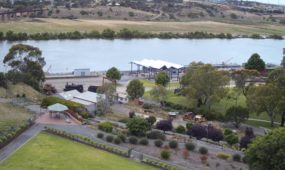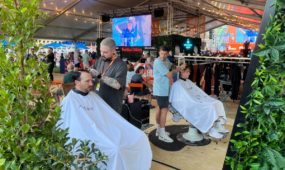Thousands of juvenile oysters find home on restored reef
Tourism
The Southern Hemisphere’s largest reef restoration project has reached an important milestone with the seeding of more than 50,000 endangered Australian flat oysters.

Sign up to receive notifications about new stories in this category.
Thank you for subscribing to story notifications.
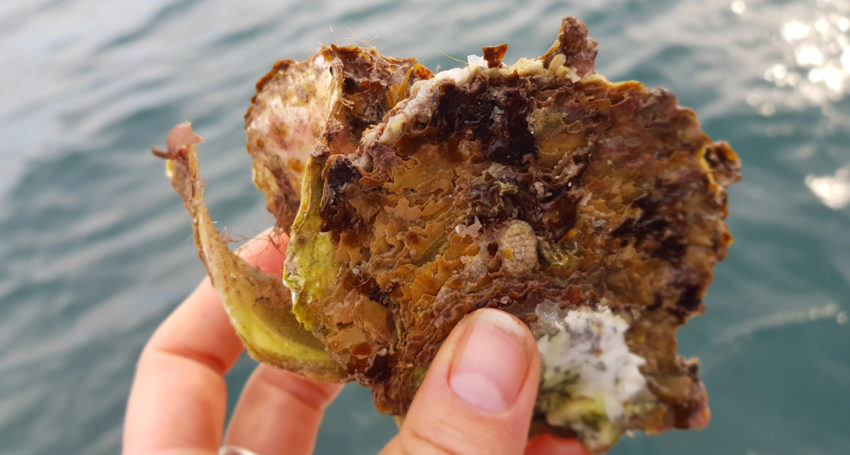
The Windara Reef project is being led by The Nature Conservancy in the waters of Gulf St Vincent in South Australia.
It consists of 150 artificial reefs spanning 20ha about 1km off the coast of Ardrossan on South Australia’s Yorke Peninsula.
The reefs were sunk in 2017 and 2018 and the first 30,000 mature native oysters were seeded in January 2018.
The native oysters (Ostrea angasi) seeded this week are eight months old, about the size of an egg yolk and have been supplied by the South Australian Research and Development Institute.
Another deployment of native oysters will take place on the reef later this year with the goal of boosting their numbers to more than 7 million in the 20ha zone.
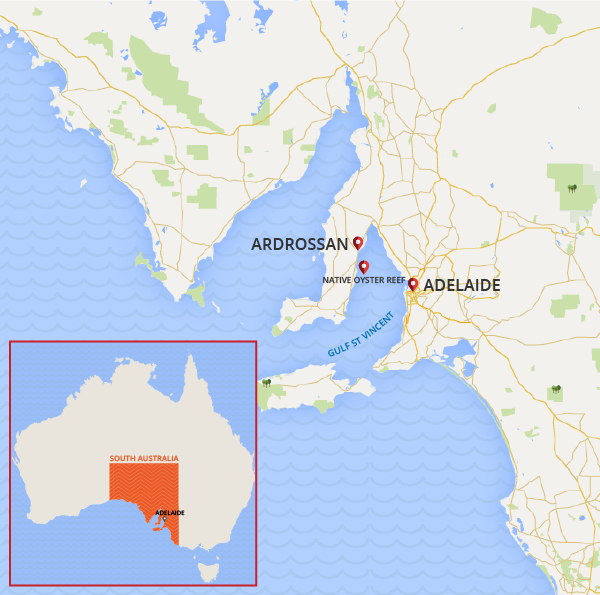
The juvenile oysters are likely to begin producing their spat (offspring) when they reach three years old. It is expected take seven years to create a fully functioning, self-sustaining reef.
However, early testing just six months after the first 30,000 oysters were seeded last year found the oysters to be surviving and a number of wild oyster spat had also made their way to the reef, which was an unexpected bonus.
Oyster reefs are considered the temperate water equivalent to coral reefs in tropical waters.
Australia’s southern coastline was home to thousands of kilometres of oyster reefs before European settlement but dredging to remove substrate for lime production and the harvesting of oysters for food wiped out all the reefs except for one off the coast of Tasmania.
Adult native oysters can filter more than 100 litres of water a day and excrete a mucus-like substance that is rich in nutrients and provides food for small shellfish that in turn provide food for larger fish.
The Nature Conservancy (TNC) has been involved in dozens of shellfish reef restoration projects, chiefly in the United States and is considered a global expert on their establishment.
TNC Project Manager Anita Nedosyko said the first dives to measure the environmental benefits on water quality, fish production and biodiversity of stage one conducted last year as part of a six-year study into the success of the project had yielded positive results.
“We’ve already seen abalone, scallops, sea urchins, schools of leatherjackets, snapper, magpie perch and cuttlefish,” she said.
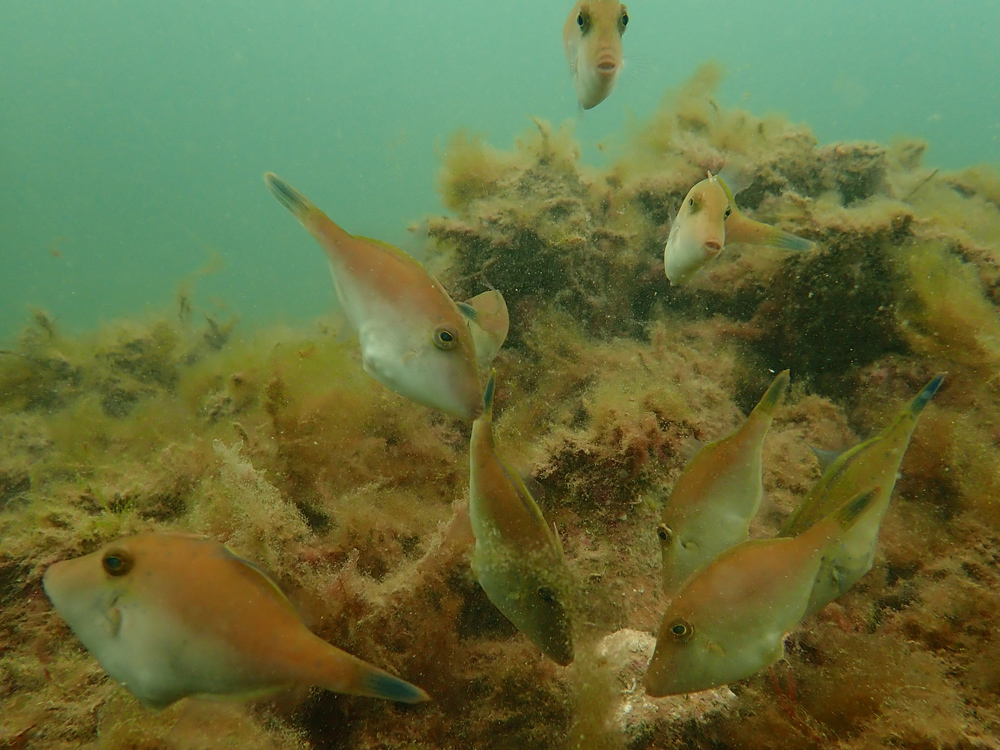
Leather jackets schooling at the 9-month-old Stage 1 Windara Reef in May 2018. Picture: Anita Nedosyko/The Nature Conservancy.
The construction of the reef involved placing almost 10,000 tonnes of limestone boulders, each about the size of a soccer ball, to form 150 reefs across the 20ha area.
Nedosyko said the individual reef clumps were designed to be close enough together so that native oyster larvae could move across the reef system through tidal flow.
She said it was hoped the Windara Reef would eventually lead to increased fish production of 5 tonnes per hectare a year including recreational fishing favourites such as snapper and King George whiting.
“A successful reef for us will be one where oysters are surviving, spawning and producing new recruits and we’re also starting to see some additional biodiversity,” Nedosyko said.
“It’s like a well-stocked fridge – it’s really attractive to fish coming in because they can stop, get fed and move on or decide to be residents.”
The project is the result of a collaboration between The South Australian Government, The Nature Conservancy, The Australian Government, Yorke Peninsula Council and The University of Adelaide.
It aims to restore fish stocks for recreational anglers, improve water quality and biodiversity and revive the oyster in the Gulf.
South Australian Environment Minister David Speirs said the project would improve gulf waters and also be a boost for the region as a whole.
“This project will result in economic and social benefit to the nearby communities of Yorke Peninsula through the creation of new jobs, particularly tourism associated with recreation and fishing, as well as new volunteering and community education programs,” he said.
Jump to next article
